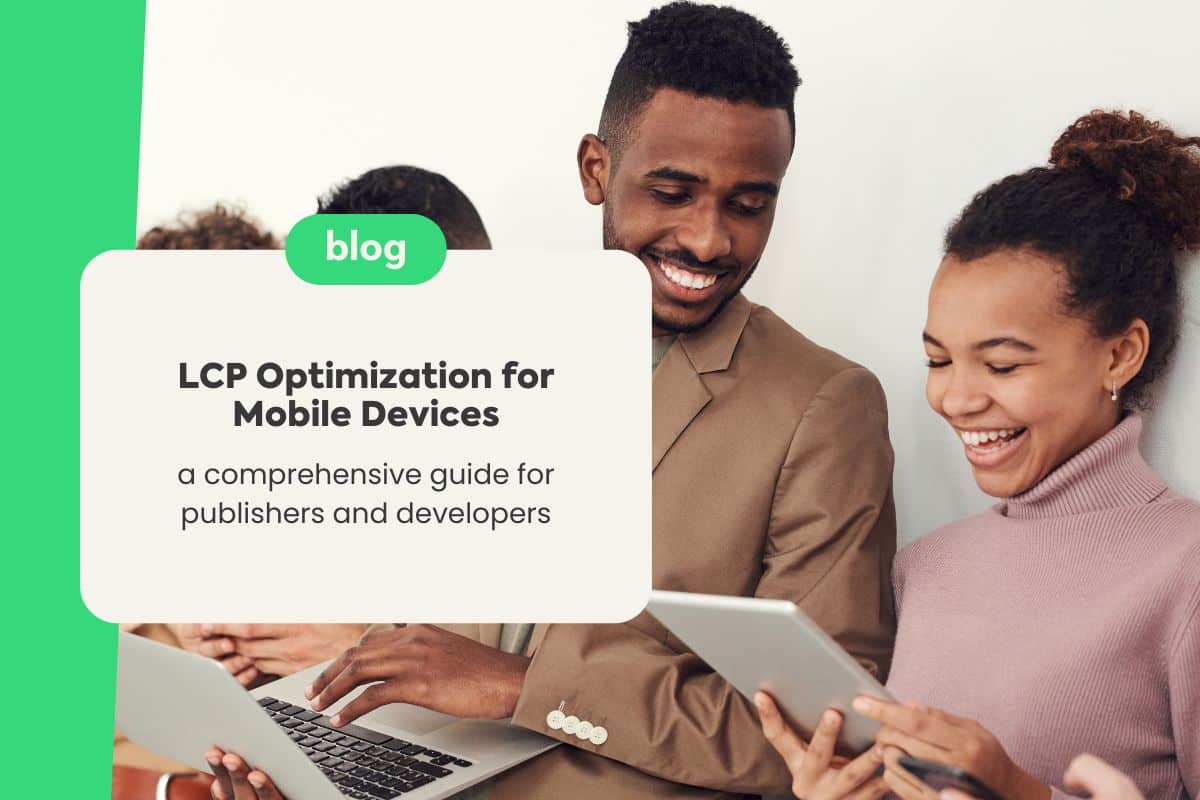LCP optimization for mobile devices is crucial for delivering an enhanced digital experience to users. LCP, a critical metric in SEO and user experience, indicates the time required to load the largest block of visual content on the screen.
Given that more than half of the Internet traffic comes from mobile devices, understanding and improving this metric can lead to better performance, user retention, and increased conversions.
Index
The Current Mobile Traffic Scenario
With over 54% of all web traffic coming from mobile devices in 2021, the importance of optimizing for these users is undeniable. Sites that load quickly on mobile devices not only perform better in search rankings but also offer a superior user experience, essential for retention and conversion.
Best Practices for LCP Optimization on Mobile Devices
Image Optimization
Use modern image formats like WebP and AVIF, which provide superior visual quality with smaller file sizes. In addition, implementing techniques such as compression and proper resizing of images for different devices can significantly reduce loading time.
Minimize JavaScript
Remove scripts that do not contribute to the initial load and apply minification and compression techniques to reduce the size of JavaScript files. Asynchronous or deferred loading of scripts can also help improve LCP.
Accelerate Web Font Loading
Prioritize fonts optimized for mobile devices and consider incorporating techniques like font-display: swap; to minimize rendering blockage by fonts.
Leverage Browser Caching
Properly configure browser caching to store information about static resources, which can significantly reduce loading times on subsequent visits.
Minimize CSS
Similar to JavaScript, removing unnecessary CSS and using minification and compression techniques are essential to reduce loading time.
Utilization of a CDN
A Content Delivery Network (CDN) can distribute content efficiently globally, reducing latency when serving files from servers located closer to the user.
Server Optimization
Improve server response time through proper cache settings and consider hardware upgrades or hosting services if necessary.
Grumft’s Ad Tags and LCP
Grumft’s ad tags are designed to be lightweight and optimized, ensuring they do not negatively affect LCP. Smart implementations allow the tags to load without compromising the immersive user experience on mobile devices.
Additional Resources for Deepening
- Google PageSpeed Insights: A tool to assess the performance of your site on mobile and desktop devices.
- Web.dev: Provides guides on web performance improvements, including LCP.
- Lighthouse: Google’s tool for performing audits on performance, accessibility, and best web application practices.
This guide serves as a robust starting point for exploring and implementing LCP optimization techniques for mobile devices and improving the overall effectiveness of your site.
Perfecting Performance with LCP Optimization for Mobile Devices
Optimizing LCP for mobile devices is essential to keep your site competitive in a digital environment. By implementing the strategies described above, you can not only improve the user experience but also strengthen your SEO positioning. Grumft’s ad tags complement these optimizations by ensuring that monetization does not compromise performance. Above all, count on us to support you on this journey.





